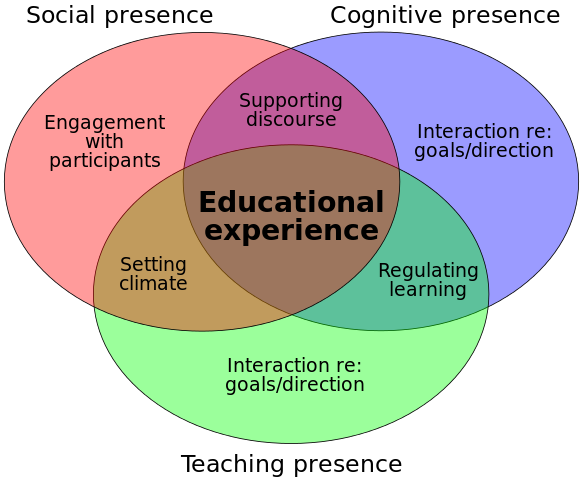Since March 2020, schools have been thrust into the realm of digital learning. This form of learning comes with many different names, each attempting to address a nuance of the experience. Computer mediated communication, online teaching, online learning, remote teaching, digital teaching and learning, mobile learning. The common denominator for each of these is that teaching and learning take place primarily through some form of digital delivery. Sometimes the teaching is synchronous and other times it is asynchronous. What is pretty clear is that most of us were (and probably still are) uncomfortable (both teachers and students) with being forced into these modalities. We wondered how we could best get our content across? How could we test students without them simply cheating? How could we know when someone was falling behind or not understanding the material? How did we know if someone was just being lazy or if they were ill or otherwise distracted away from class? How would we get to know our students!?
These concerns are not new to pandemic teaching. These same concerns have been expressed even in the days of correspondence learning. In fact online learning has often been viewed as ‘less than’ because of concerns of student cheating, perceptions of rigor, and what is seen as a recipe for a lack of instructor-student connections.
One of the big focuses of creating effective digital learning environments is the idea of creating a Community of Inquiry. A theoretical framework first presented by Garrison, Anderson, and Archer in 2000, they proposed a model for creating an environment to enhance learning for text-based computer mediated communication (a term used often in the early 2000s to describe online communications). Their model proposed that for a digital learning environment to be successful, three forms of ‘presences’ needed to be cultivated: Cognitive presence, social presence, and teacher presence. As we have learned in the past 20 years since this framework was proposed, we do not need to just limit this to text-based digital environments.

This semester I will be using the Ed Tech Blog to dig deeper into this Community of Inquiry (CoI) framework that is used almost universally by professional development in online teaching and design. I will discuss each of these three presences in detail and provide tips and tricks for how to incorporate these into your course design and instruction.
20 years of research has supported the utility and effectiveness of this framework within digital teaching and learning. To get more overview of this framework, I invite you to explore the CoI website and their publications. Additionally, you can interact with this Thinglink page to listen to and read more about each of the three presences and their interacting roles within this framework.